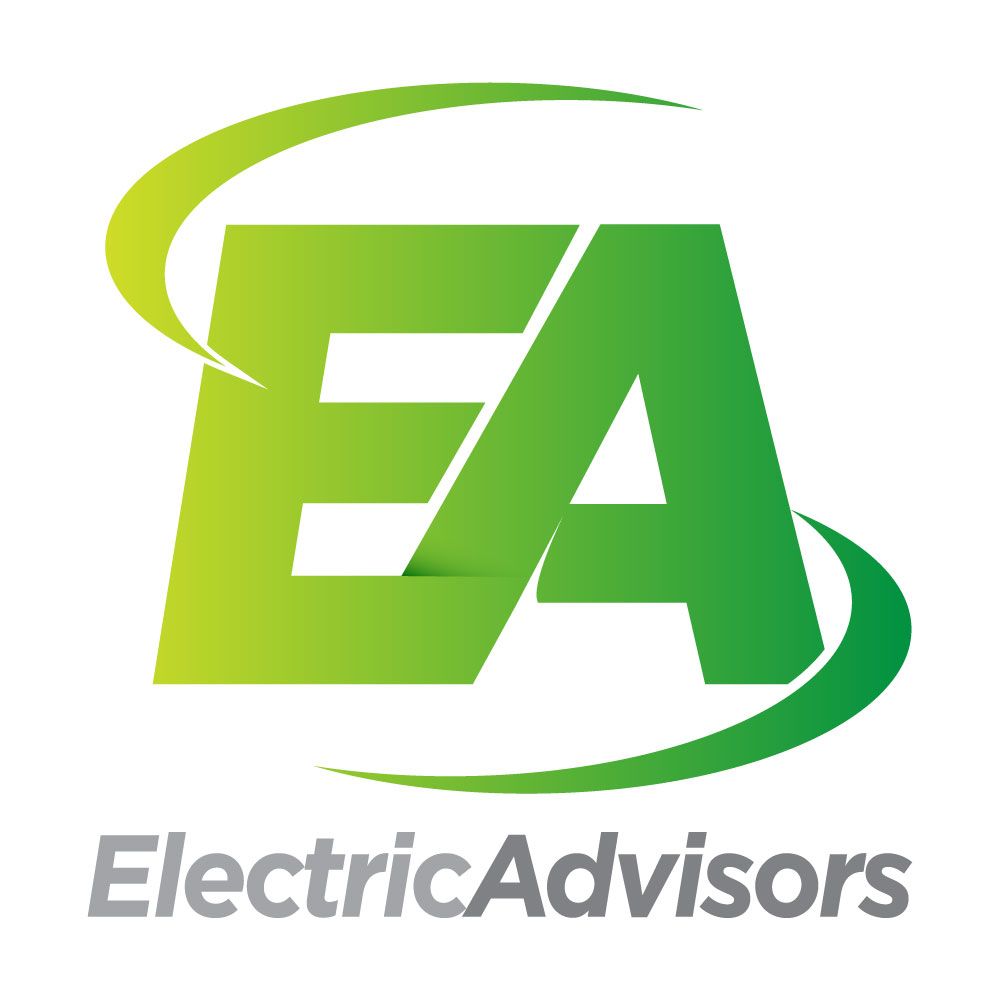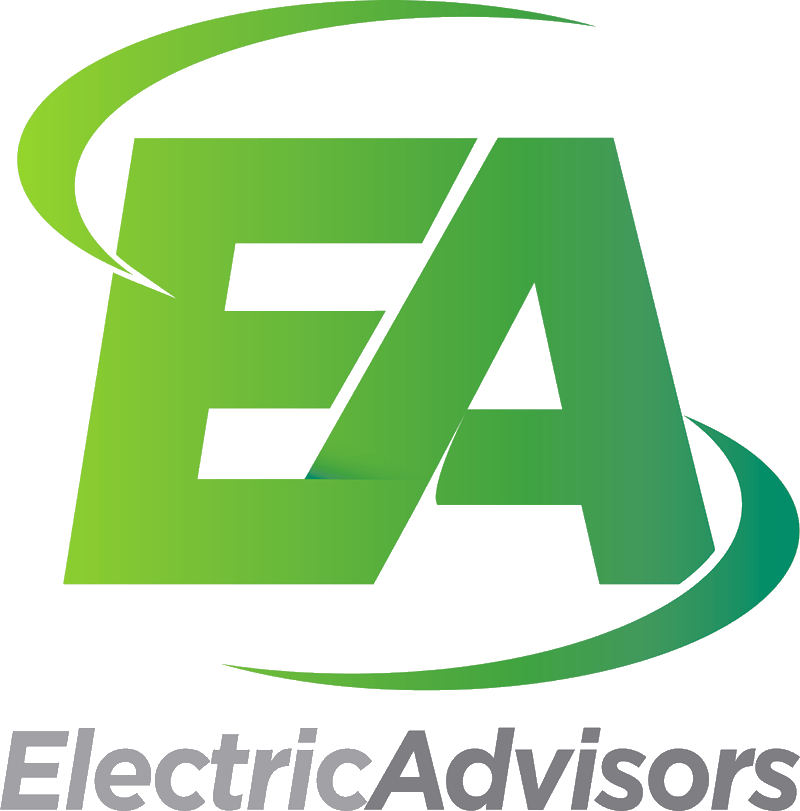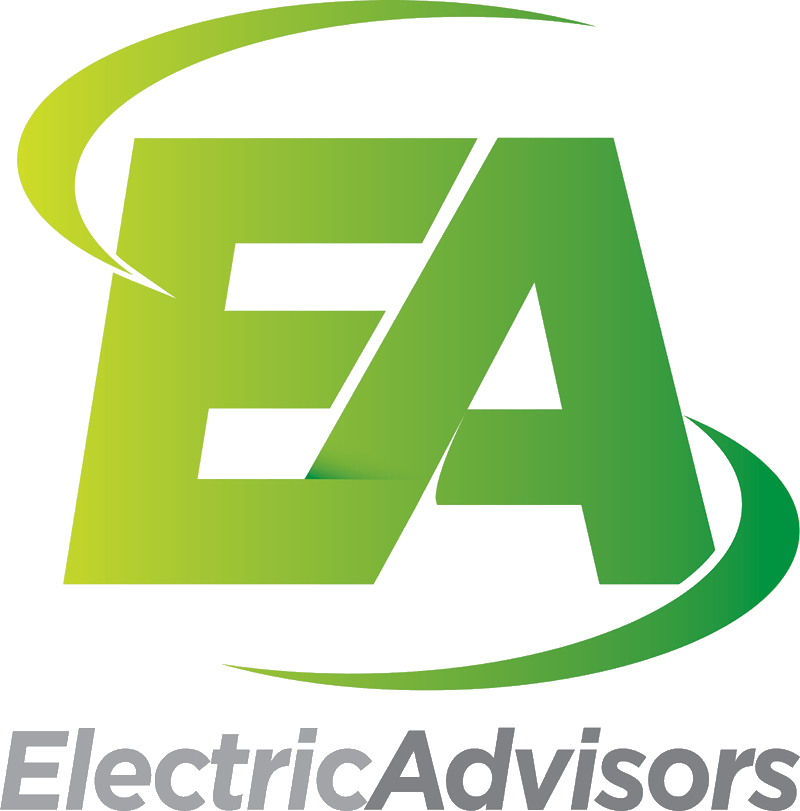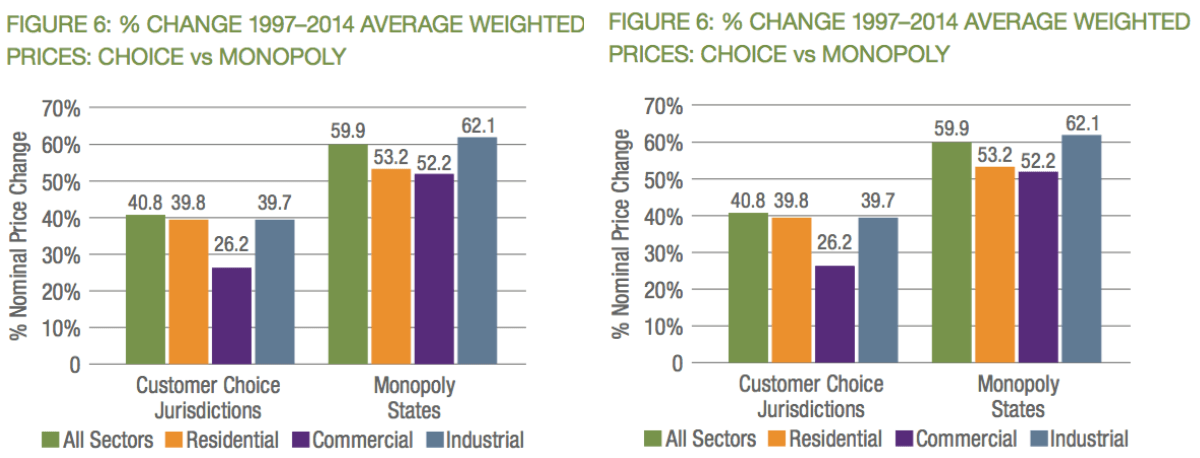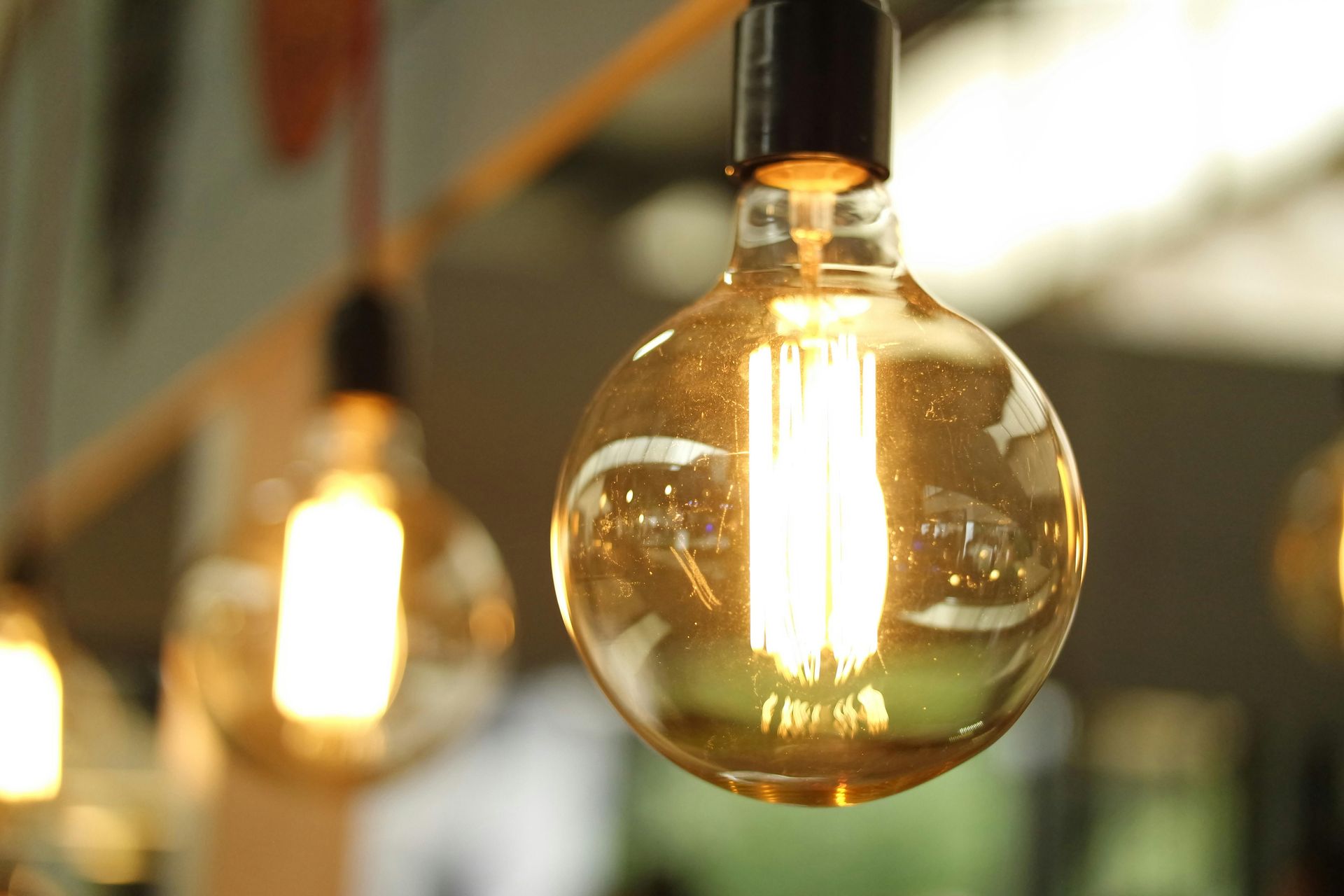After Two Decades, Energy Choice Remains the Favorite for Consumers
Customer Energy Choice
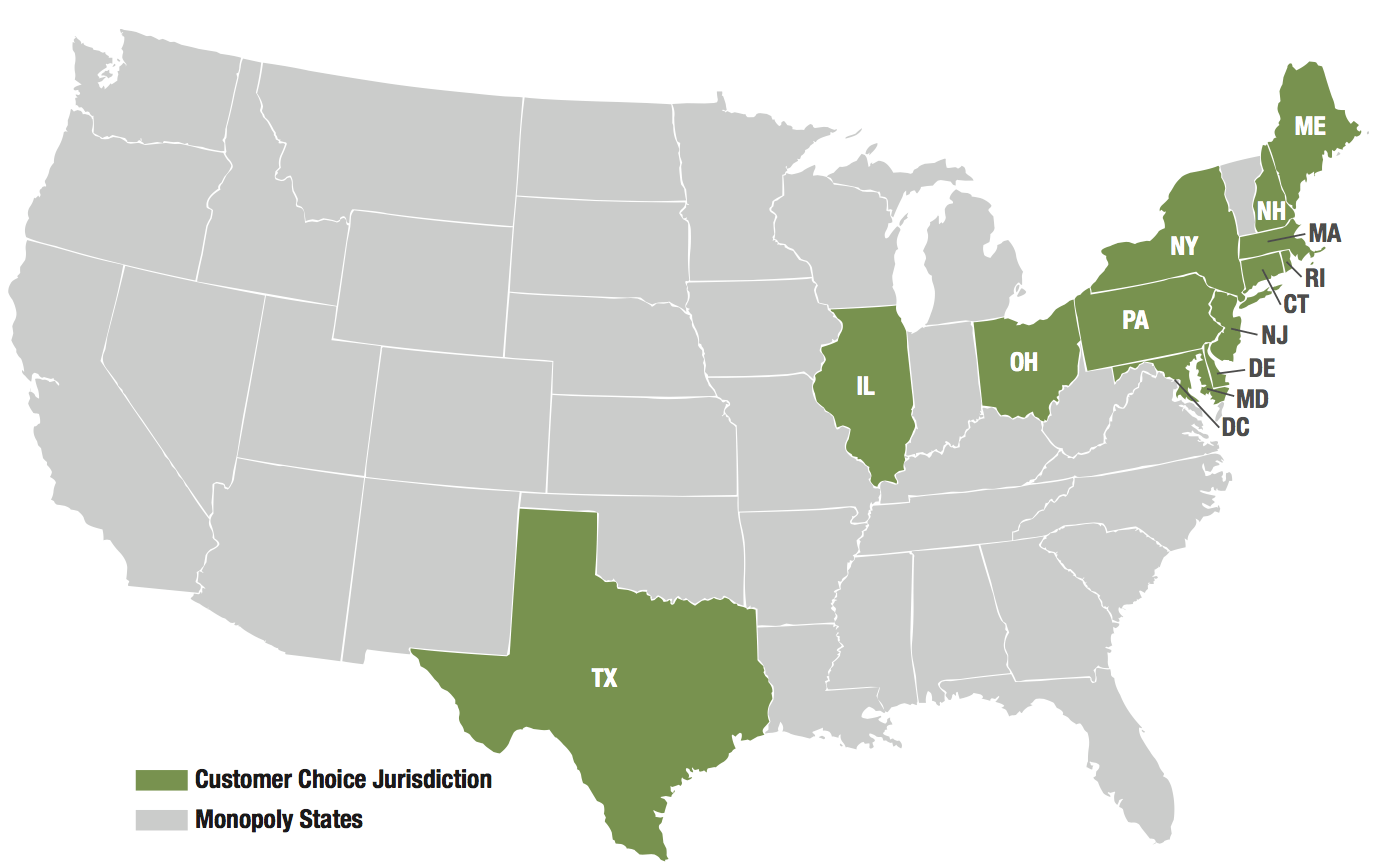
Historically, the energy industry has operated under a vertical monopoly. Under these monopolies, consumers were forced to accept the going rate for their energy. However, in the early 80’s, the idea of “Customer Choice” emerged – suggesting that by giving consumers the ability to select their own energy providers, states could drive down prices in the long term without destabilizing the market.
This idea was initially considered revolutionary, but today it has become the standard. Over the last two decades, consumers in the 13 states with approved energy deregulation have embraced consumer choice with open arms. The number of commercial accounts that elected to work with competitive suppliers has increased by 524%, and the number of residential accounts working with competitive supplier has increased by 636%.
While these enormous increases clearly demonstrate growth in the competitive supplier market, some pro-monopoly analysts will point out that the average electricity prices in consumer choice regions are higher than the national average. While this statistic is true, these analysts ignore the fact that the prices in these regions have always been higher than average due to factors such as urbanization, distance from fuel sources and high wage and tax levels. Therefore, the proper comparison is between the price trends in customer choice jurisdictions compared to those of monopoly regions. In this comparison, we see that the average weighted prices in customer choice jurisdictions have increased by 40.8% compared to 59.9% in the Monopoly States. When we adjust for inflation, we see that there has actually been a 4.5% decrease in price in customer choice regions, while monopoly states have incurred an 8.4 % price increase.
As energy deregulation is adopted across the country, energy users from families to corporate entities are faced with the choice between their standard service and competitive suppliers. If the last 24 years have been any indication, we can safely assume that energy users across the country will continue to work with competitive suppliers to price their power. With rates low and markets stable, consumers will continue to rely on their right to choose.
Click here if you'd like to learn more.
